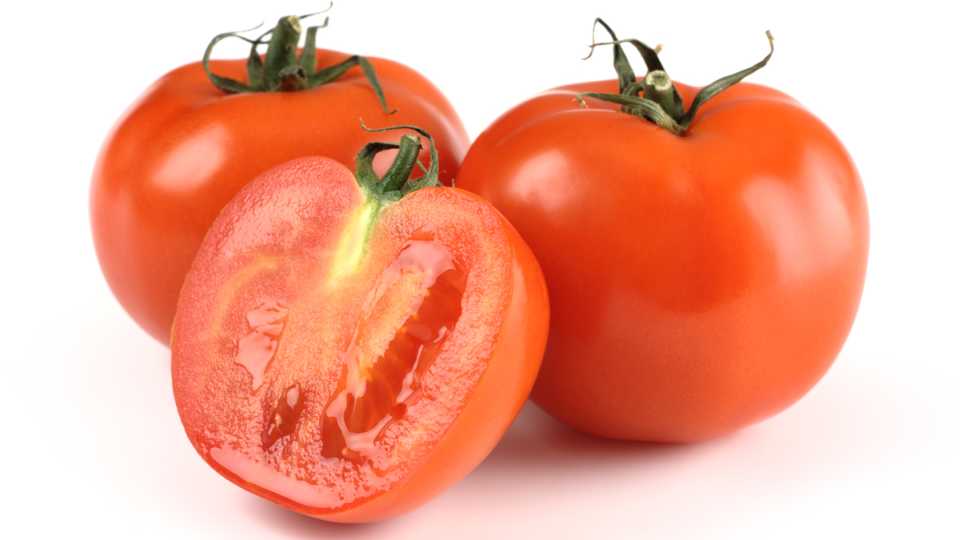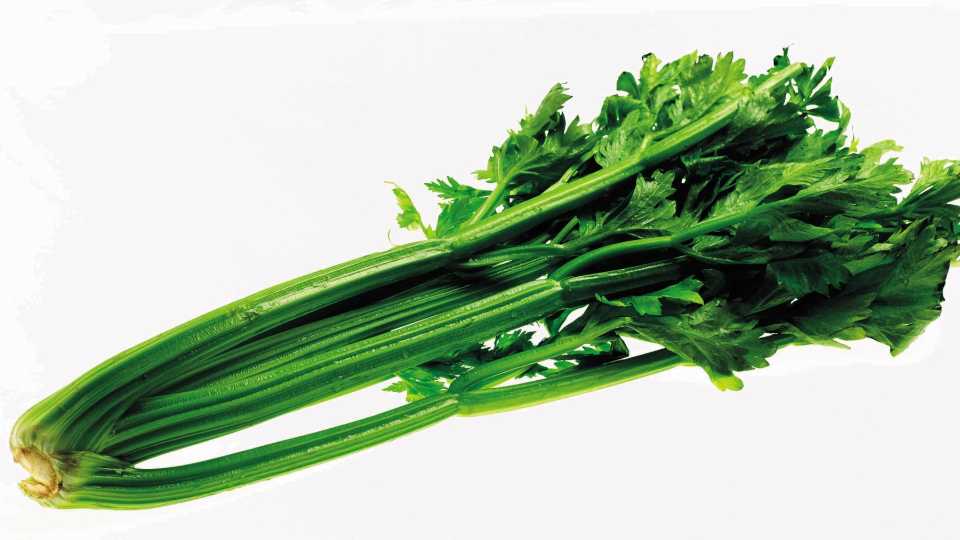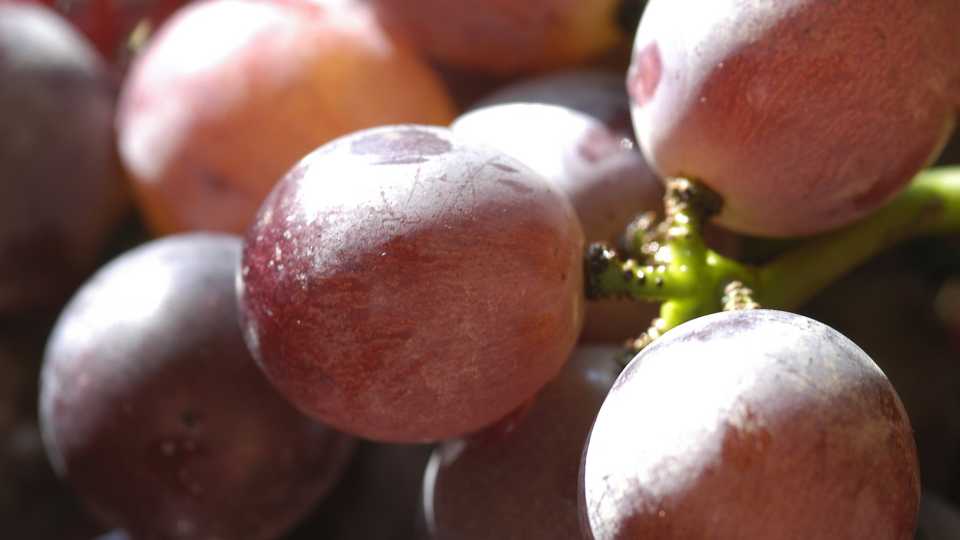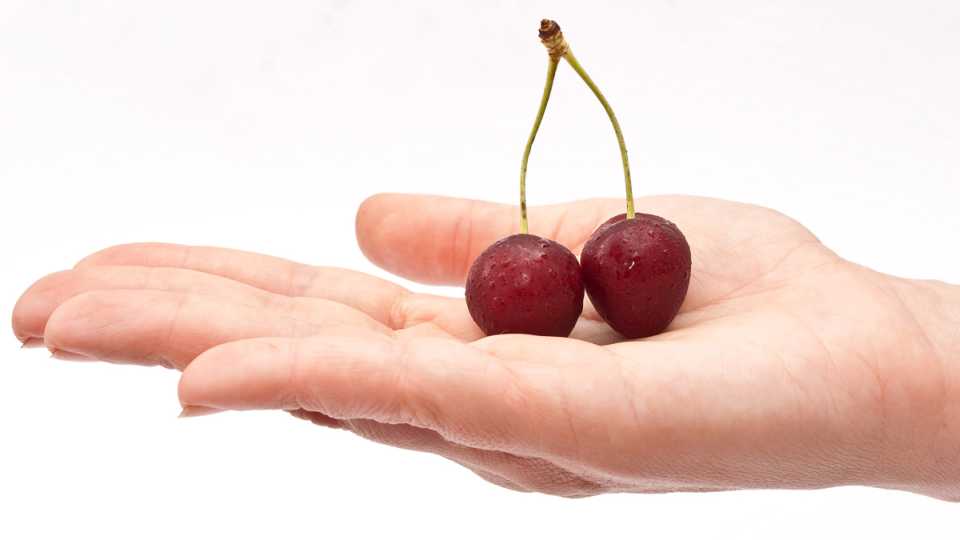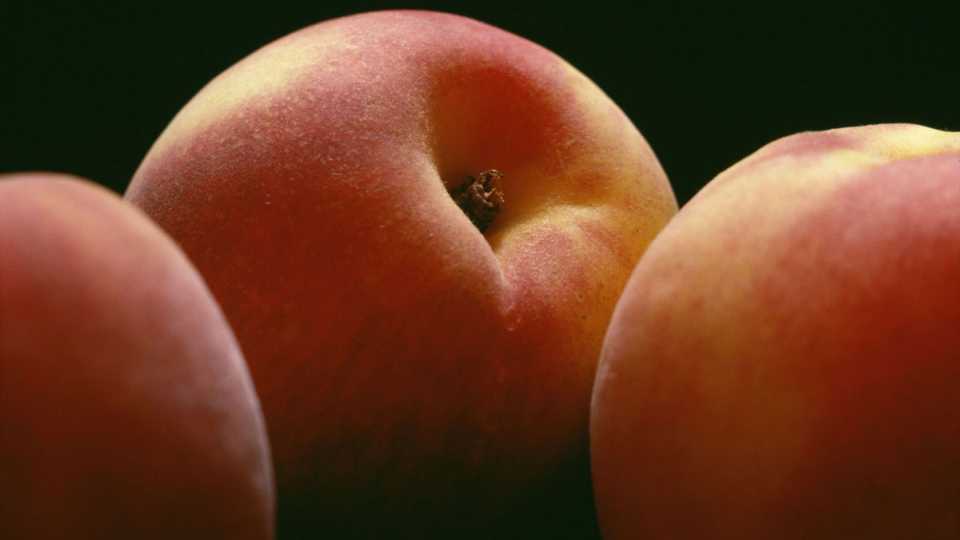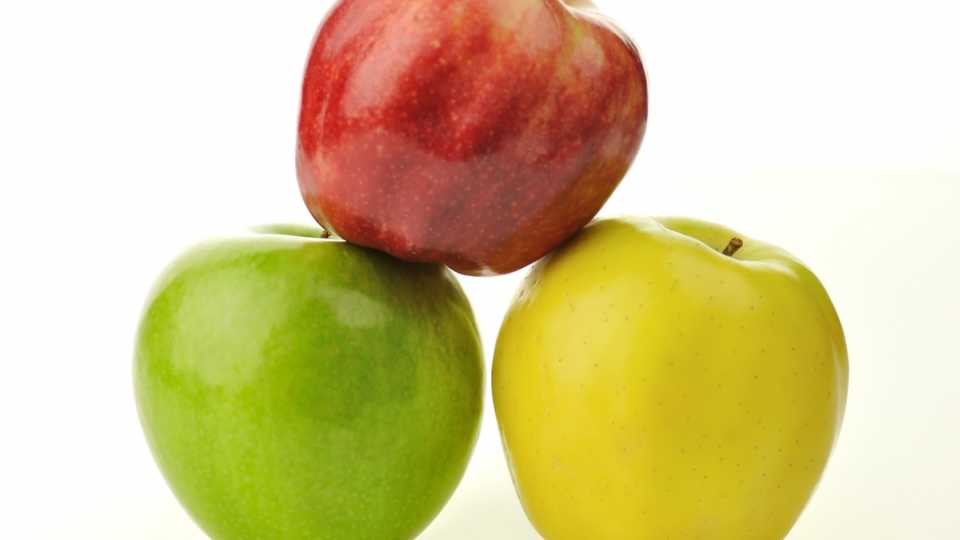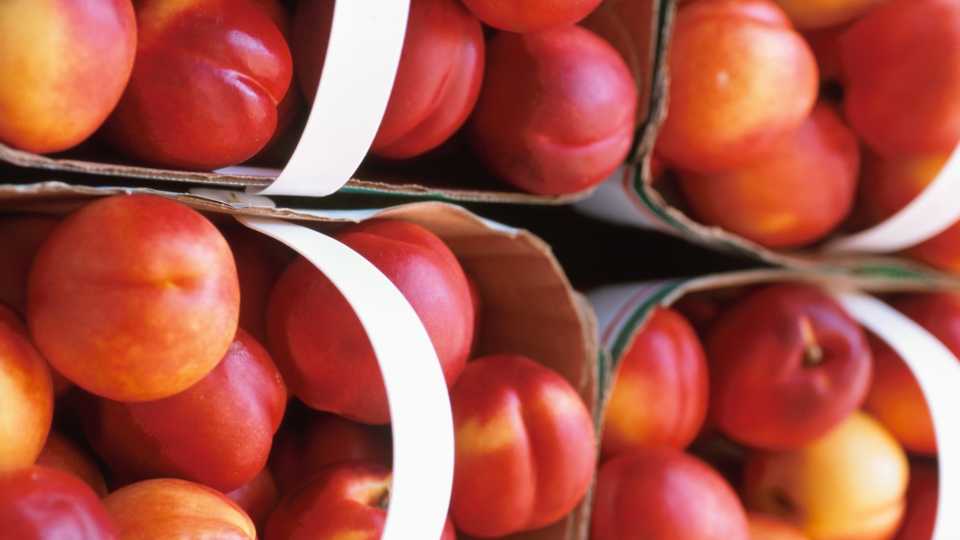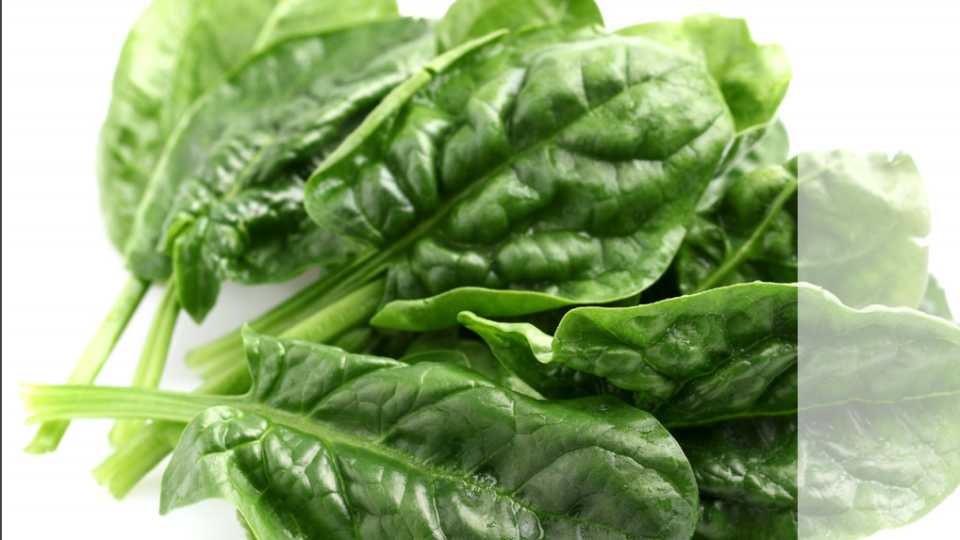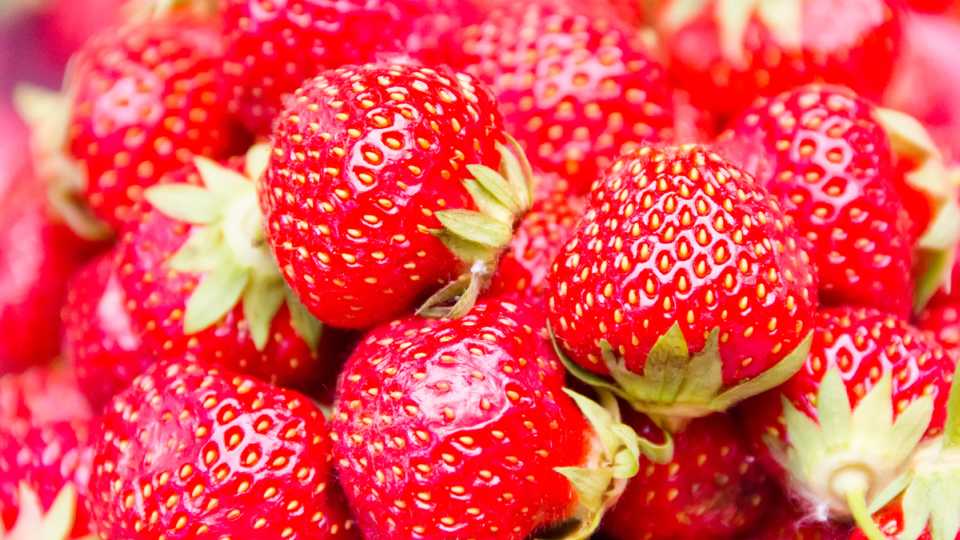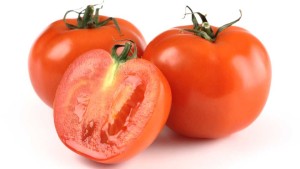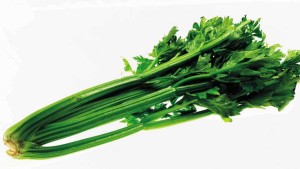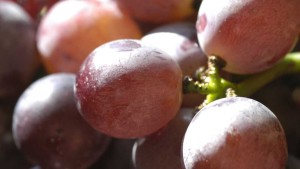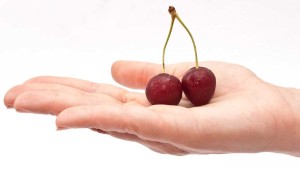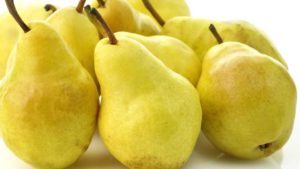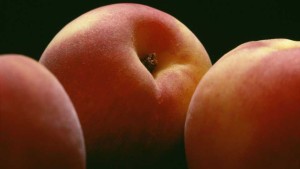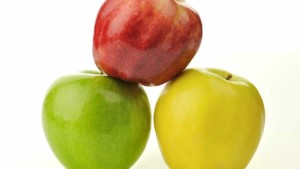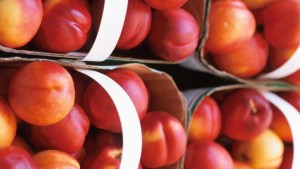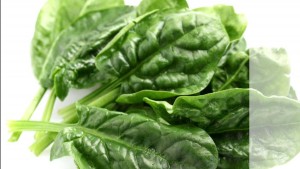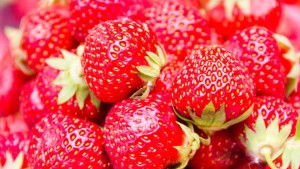Strawberries, Spinach Top Latest ‘Dirty Dozen’ List
Strawberries are once again at the top of the Dirty Dozen list of the Environmental Working Group’s Shopper’s Guide to Pesticides in Produce. Spinach jumps to second on the list.
EWG’s analysis of tests by the USDA found that nearly 70% of samples of 48 types of conventional produce were contaminated with the residues of one or more pesticides. USDA researchers found a total of 178 different pesticides and pesticide breakdown products on the thousands of produce samples they analyzed. The pesticide residues remained on fruits and vegetables even after they were washed and, in some cases, peeled.
The EWG says the most contaminated sample of strawberries had 20 different pesticides. In addition, the group found spinach samples had an average of twice as much pesticide residue by weight than In addition to strawberries and spinach, this year’s list includes nectarines, apples, peaches, celery, grapes, pears, cherries, tomatoes, sweet bell peppers, and potatoes.
Each of these foods tested positive for a number of different pesticide residues and contained higher concentrations of pesticides than other produce. Pears and potatoes were new additions to the Dirty Dozen, displacing cherry tomatoes and cucumbers from last year’s list.
By contrast, EWG’s Clean Fifteen list of produce least likely to contain pesticide residues includes sweet corn, avocados, pineapples, cabbage, onions, frozen sweet peas, papayas, asparagus, mangoes, eggplant, honeydew melon, kiwis, cantaloupe, cauliflower and grapefruit.
Industry Groups Respond
“Any report that tells people to avoid eating apples is giving harmful advice,” said Jim Bair, U.S. Apple Association (USApple) President and CEO. “Instead, we should be more concerned with increasing consumption of fruits and vegetables. And USApple is not alone in this. The American Heart Association, American Cancer Society, American Diabetes Association, the U.S. Centers for Disease Control and Prevention, Academy of Nutrition and Dietetics, and Dietary Guidelines for Americans, all say eat more fruit.”
The Alliance for Food and Farming also responded to the EWG’s release, shaming the group for releasing a list when consumption of fruit and produce continues to be low. AFF’s executive director, Teresa Thorne, cited peer-reviewed research by the Illinois Institute of Technology’s (IIT) Center for Nutrition Research and published in Nutrition Today. It found that EWG’s messaging, which inaccurately describes certain fruits and vegetables as having “higher” pesticide residues, results in low income shoppers reporting that they would be less likely to purchase any fruits and vegetables – organic or non-organic.
“In addition to this recent research, the other important reason that we remain frustrated that EWG continues to use this decades-old tactic is that the Centers for Disease Control reports that only one in 10 Americans eat enough fruits and veggies each day,” Thorne says. “This CDC statistic is especially concerning since decades of nutritional research shows that increasing consumption of conventional and organic produce can improve health and prevent diseases, like cancer, heart disease, diabetes, and obesity.”
To count down this year’s “Dirty Dozen” list from EWG, scroll through the slideshow above.







